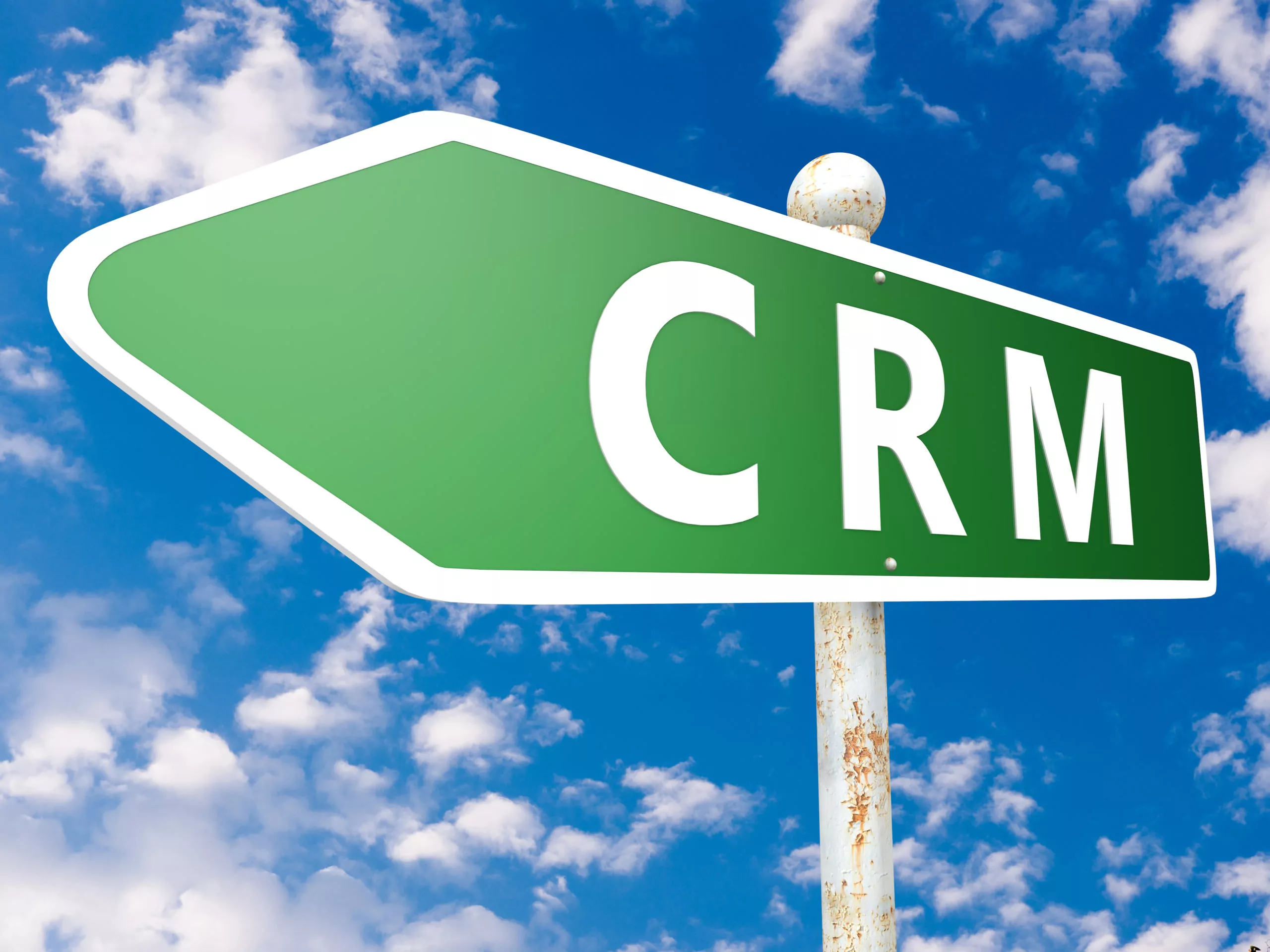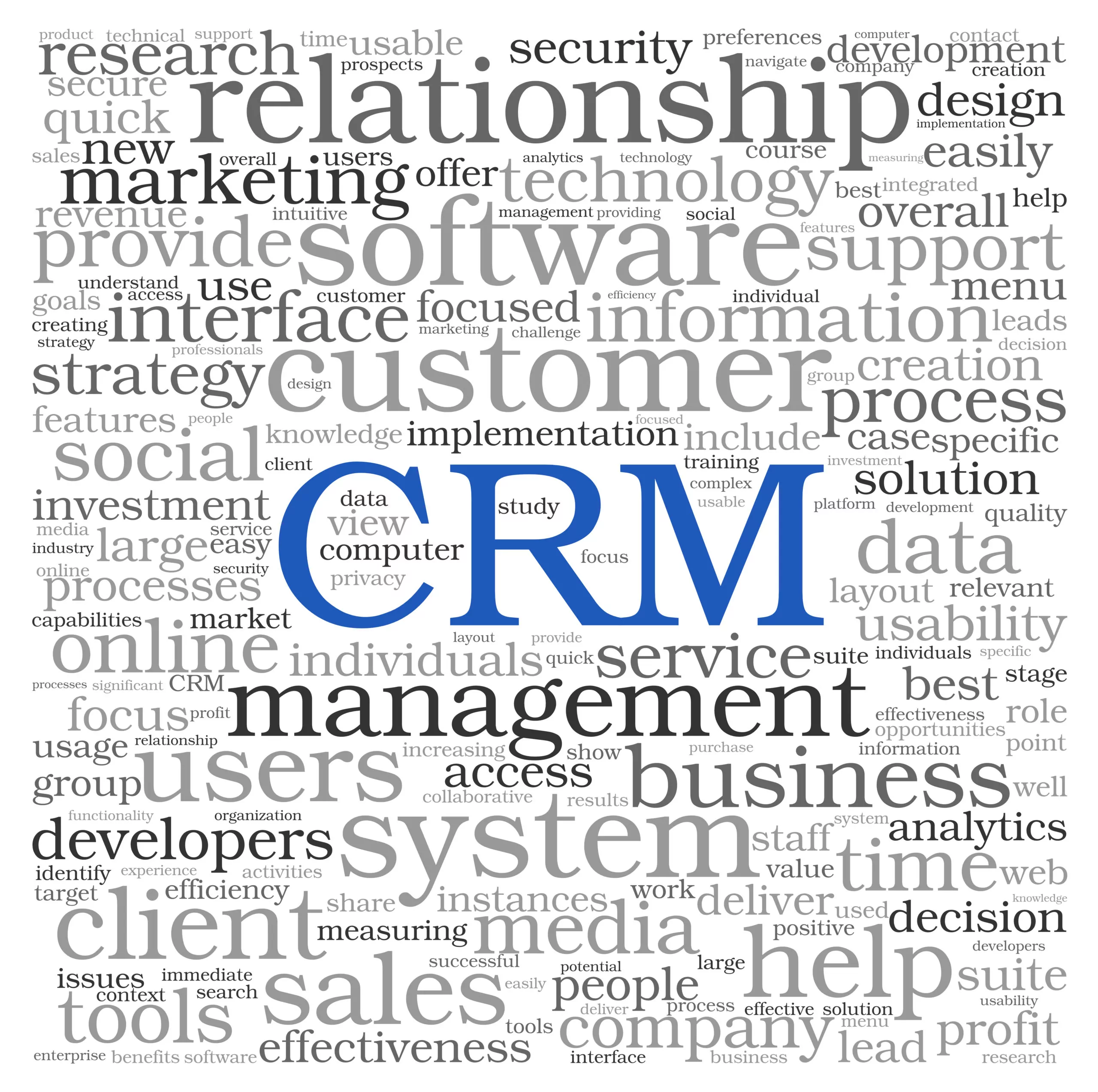A well-implemented CRM can provide many benefits to your business. Your customers are important to your business, so customer management should be as well. Some benefits of a good CRM system are that it can improve your customer service, create efficiency in all departments, and improve your data collection and organization. According to C5 Insight Inc., 30-60% of CRM projects fail.
Below are common reasons why CRM projects fail and ways to avoid those pitfalls.

1. Unclear Goals can often contribute to CRM deployment failure. Before even shopping for a CRM partner you need to define clear, measurable goals. Knowing your strategy ahead of time will help you ensure that every must-have item on your requirements list is fulfilled by your new CRM software. When interviewing a CRM partner, you should always ask yourself and your team, “How can we use this software and these techniques to accomplish our goals?”
2. Lack of Commitment from Executives can quickly derail your CRM project. It’s important to have an engaged executive sponsor who can ensure that there is a high-level vision and can help to secure buy-in from other executives. According to William Band in a Forrester Research report, “The more closely aligned that CRM is to important business strategies, the more likely senior management will see it as important.
3. Lack of User Adoption is a very common problem in response to any type of change. Resistance to change is inevitable, to some degree, when adopting any new software or service. A lot of times, the fault lies with the business for not involving the end users in the early adoption stages.
To help ensure end users are on board with the new CRM system, involve a select group of employees from each department early in the process to act as a focus group that is involved during the selection and implementation processes. This gesture will give users a sense of project ownership and will help with adoption from their peers down the road.
If your CRM implementation is already underway, you should still implement a system for user feedback and carry out changes in response to that feedback. According to Forrester, “Organizations must involve end users in the CRM selection process, in the rollout and early stages of use. They must get continuous feedback from users and act on it to roll out engagements and fix defects that impede productivity.”

4. Thinking Technology Is the Solution is a common mistake, but a CRM system is not a substitute for human interaction. It is great for keeping the process on track and reminding your teams when it’s time to complete an action, but the CRM software is not able to replace the customer service and sales interactions.
According to CRMsearch, “CRM must be a company wide effort that starts with customer strategies [that] are then automated with application software. You can’t just concentrate on the software and ignore the rest. The software is an enabler, not the be-all or end-all.”
5. Poor Planning is also a common error in a successful CRM implementation. Make sure you have a well-designed plan that will help you meet your goals. When you are writing the plan, be sure to track a lead through your process as it travels from suspect to prospect to customer and map each stage of your customer cycle.
When meeting with your employee focus groups, use that time to determine each department’s needs and make sure you meet those needs in your CRM plan. Once the lead process and list of needs are all mapped out, you can create a list of detailed initiatives in priority order that will make up your overall plan.
Implementing a new CRM system can be a complicated process, but if you avoid the pitfalls and follow the best practices described above, you will have the best chance for a successful CRM implementation. This process will be ongoing, and you’ll see a return on your investment if you keep your goals in mind and continually involve the end users.
Explore more resources
Small-Town Attention Meets Big-Time Value: This Is Your Next DMS
Dealers get small-town attention, fast support, and a powerful DMS at a price that fits. Discover why Autosoft is the…
The Art of Auto Dealership Marketing: 8 Strategies for Success
In today’s fast-paced and competitive automotive market, mastering the art of car dealership marketing is essential for staying ahead of…
2022 Recap and a Look into 2023
As the automotive industry continues to evolve, technology that helps streamline the experience for both customers and employees has become increasingly…
Stay up to date
Subscribe to get the latest auto industry insights from Autosoft experts





